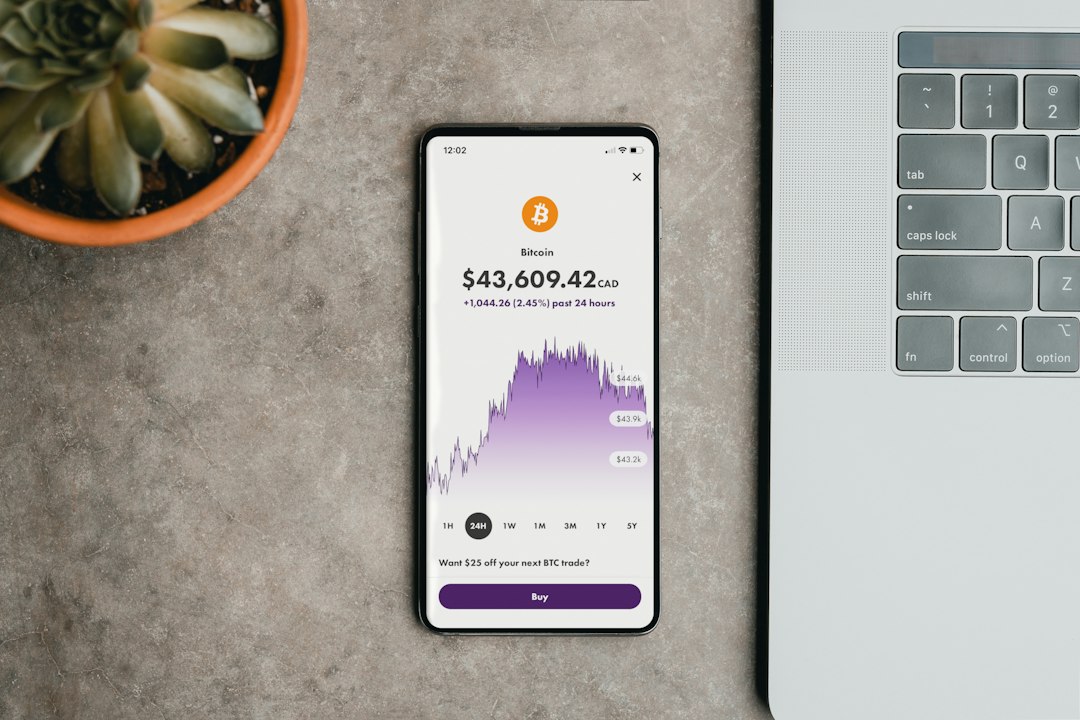Understanding the Front and Back End of Web3 Technology
The front end of Web3 applications is what you interact with directly. This includes websites and decentralized applications (DApps). On the other hand, the back end refers to the complex system that supports these applications, including distributed ledgers and smart contracts.
Simplifying the User Experience
When the technical complexities of Web3 are too prominent on the front end, it can alienate potential users. It’s crucial to prioritize accessibility and simplicity to make the user experience smooth and easy to understand. This approach helps bridge the gap between early adopters well-versed in blockchain technology and the broader mainstream audience.
Benefits of Hiding Web3 in the Back End
User experience can be improved by making blockchain-based apps easier to navigate. This streamlined experience encourages users to explore and adopt Web3 applications without being intimidated by their complexity.
Simplified Onboarding for Non-Technical Users
When the onboarding process is straightforward, individuals unfamiliar with blockchain technology can quickly get started with Web3 applications. This approach reduces the learning curve and empowers a more extensive and diverse user base to access the benefits of Web3 without needing a deep understanding of its technical aspects.
Attracting More Users and Developers
Keeping Web3 tech in the back end can help bridge the gap between early adopters and mainstream users, attracting more developers and bringing more Web3 apps to market.
Minimizing User Errors and Risks
Hiding Web3 technology in the back end minimizes user errors and risks, especially in decentralized finance applications, where minor errors can lead to significant financial losses.
Hot Take: Strategies for Improving Web3 Apps
For builders looking to create more user-friendly and seamless Web3 apps, one key consideration is the implementation of gas optimization strategies. Gas fees are an inherent part of many blockchain transactions. Builders can also consider integrating zero-knowledge (ZK) technology, specifically ZK-rollups, to make their applications more efficient and cost-effective while enhancing the user experience. Additionally, optimizing for mobile devices is crucial for widespread adoption. For users planning to use Web3 apps, it’s essential to maintain awareness and knowledge about new developments in this rapidly evolving space.





 By
By
 By
By
 By
By
 By
By
 By
By
 By
By